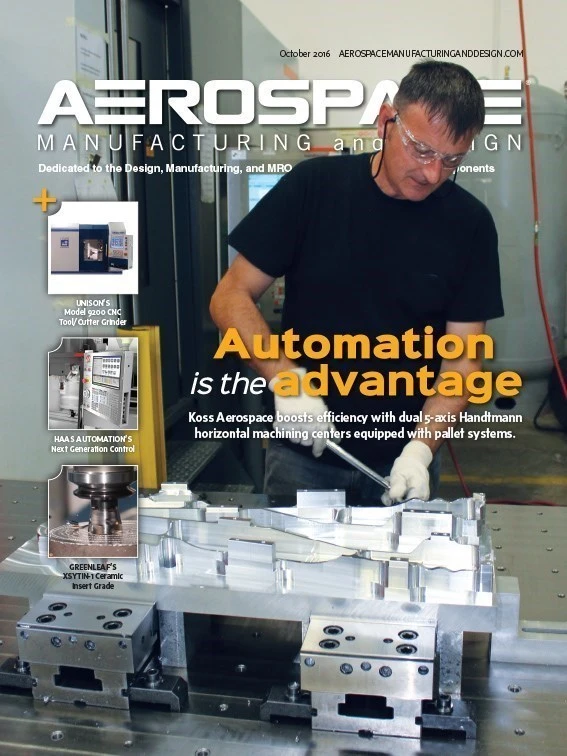
Industry 4.0, the Industrial Internet of Things (IIoT), digital manufacturing – whatever you call it – is about speeding design and production processes. Functionally, it’s about networking machines and collecting lots of data from a variety of sensors. This data can then be used to track production, compare machine performance, and set up predictive maintenance. But the concept of machine utilization following the successful model of Uber – the ride-sharing service powered by a phone app – has enormous implications.
I was introduced to the idea by Kelley Patrick, lead manufacturing engineer at UI Labs, a Chicago, Illinois-based non-profit corporation that is home to the Digital Manufacturing and Design Innovation Institute (www.dmdii.org). DMDII is a public-private partnership exploring the benefits of digital manufacturing. Industry members include Boeing, Lockheed Martin, General Electric, Rolls-Royce, Siemens, and Microsoft – but the roster also includes small- and mid-size U.S.-based companies along with numerous universities involved in manufacturing and design research.
Patrick, who has been in manufacturing for 30 years, is enthusiastic about UI Labs – described as a sandbox for manufacturers. It’s where manufacturers are exploring ideas for digital manufacturing software collaboration tools, promoting manufacturing capabilities, and transmitting detailed design information on a secure, digital network. If machining centers can pull cutting data from the cloud, could the next step to expanding business be sharing your shop’s manufacturing capabilities?
Manufacturers know that a machine-tool spindle not turning is not making money. As some car owners have turned to Uber to earn extra money as drivers, manufacturers could pick up extra work via the Internet when their machines are running below capacity. A phone app to Uber your spindle is possible. While it’s one thing to loan time on a machine as a service provider, is the idea acceptable to customers? Would you be comfortable sharing a hard-won parts order with a manufacturing service? What would it take to put the idea in your comfort zone?
Cybersecurity remains a concern, Patrick admits. Machines open to a network and Internet require safety and security assurances. Companies also are very protective of cutting routines and remain cautious about sharing such data. Maybe successfully sharing data from a machine for preventive maintenance, tooling optimization, and training is the first step to establishing trust.
The manufacturing community collects 3x as much data as any other industry, but only uses 1% of it, Patrick adds. Data analytics will be a big part of the future of manufacturing. Understanding digital manufacturing data could help you get to know your customers better and get more business. Patrick says the key to digital manufacturing is knowing what is possible, and he believes imagination is the only limit. “Why should manufacturing stay in the stone age?” he asks.
Manufacturing is changing, and those companies best prepared to change along with it are most likely to succeed. Digital manufacturing has great potential to help you work smarter, and use assets better. Please let me know if you are ready to “Uber your spindle.” – Eric
Get curated news on YOUR industry.
Enter your email to receive our newsletters.
Explore the October 2016 Issue
Check out more from this issue and find your next story to read.
Latest from Aerospace Manufacturing and Design
- NASA offers free high school engineering program this summer
- Pemamak's PEMA Vision 3D software
- Aerospace Industry Outlook - Spring 2025, presented by Richard Aboulafia
- Panama’s National Air and Naval Service selects Embraer Super Tucano
- Model 5770 Linear Abraser
- #42 Lunch + Learn Podcast - Quell Corp
- RECARO Aircraft Seating showcases advanced comfort solutions at AIX 2025
- Mitutoyo America’s MiSTAR 575 Shop Floor CNC CMM






